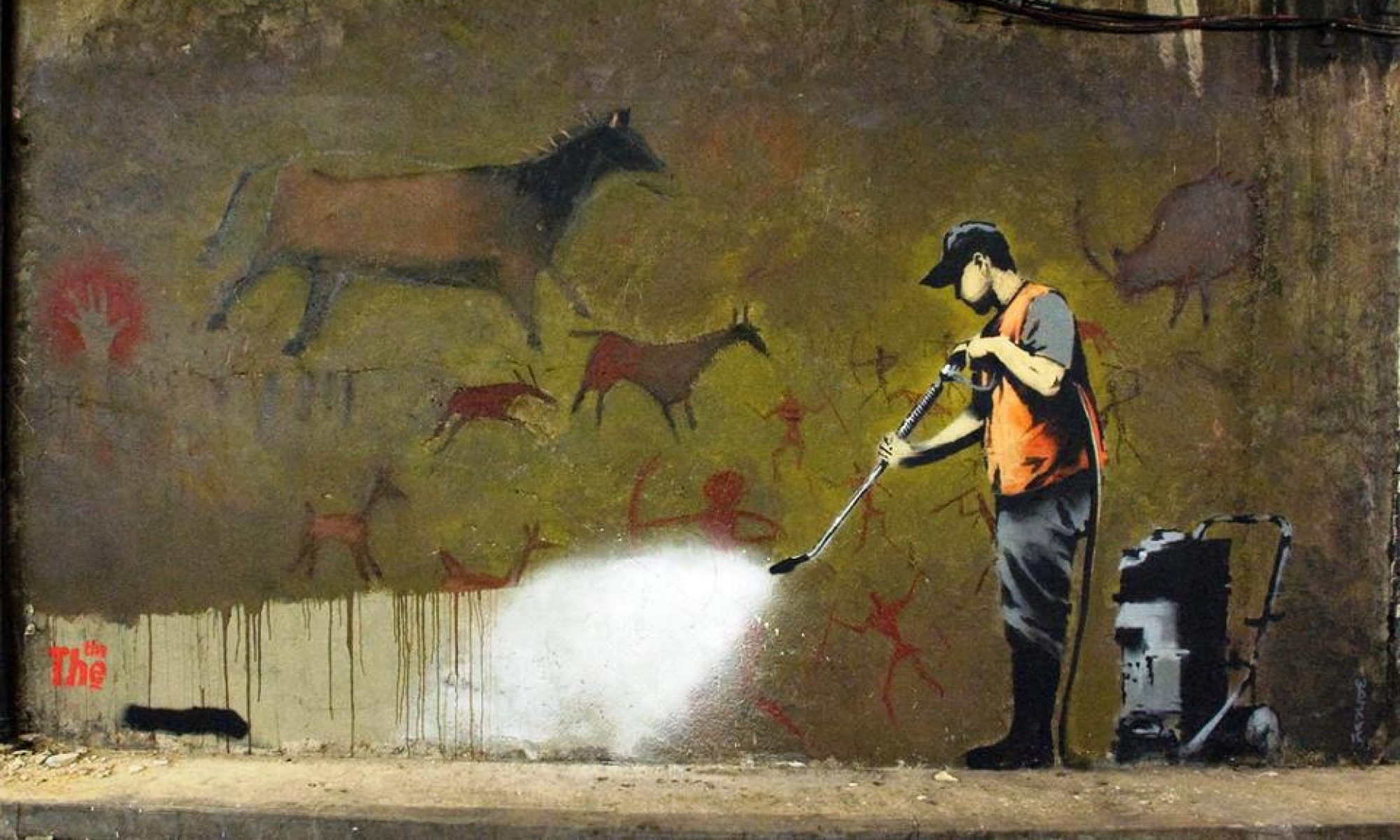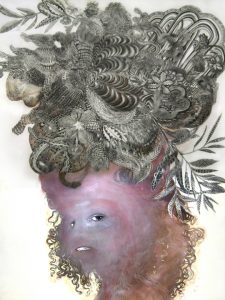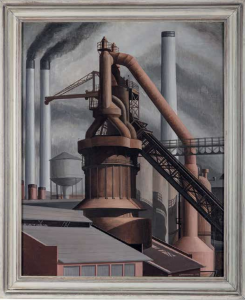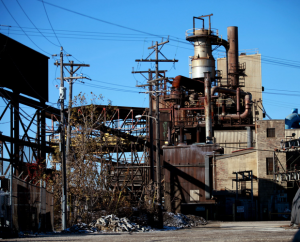Firelei Báez, Not Even Unalterable Limitations, 2012
Follow us into the mysterious world of Firelei Báez, a world teeming with color, where time and space are suspended in a fantastical limbo. Where does this world exist? Is it an eden that lives only in the dimly-lit corners of our memory? Báez, a Dominican born artist known for her intricate works on paper and large-scale sculptures, often explores concepts of subjectivity and femininity in diasporic societies. Here, she uses radiograph and opaque ink on pigmented abaca, cotton, and linen based sheet to play with finer, more delicate lines and broader strokes. The loose, petal like strokes in the piece evoke a sense of expansion that pulls the viewer into the enigmatic world that Báez has constructed. There are suggestions of eyes, a head, and a body in the centralized form, but Báez chooses to keep the identity of this opaque figure hidden.
Is this figure real, or simply a figment of the artist’s imagination and memory? Although we can distinguish the soft curves of feminine bodies on the right side of piece, the subjects remain vague and dream-like, almost like a memory. This abstract portrayal of form and space blurs the boundary between reality and the illusory nature of memory.






